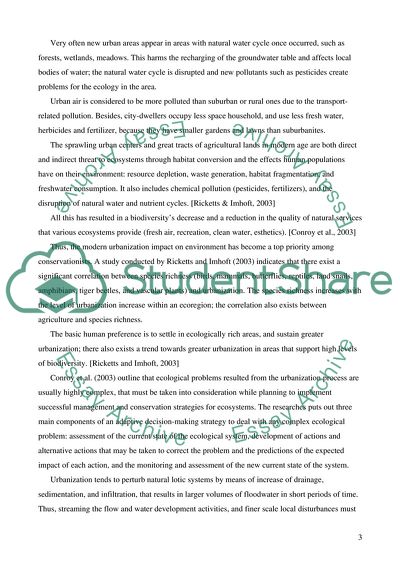Cite this document
(Impact of Urbanization on ecology (conservation) Essay, n.d.)
Impact of Urbanization on ecology (conservation) Essay. https://studentshare.org/environmental-studies/1703444-impact-of-urbanization-on-ecology-conservation
Impact of Urbanization on ecology (conservation) Essay. https://studentshare.org/environmental-studies/1703444-impact-of-urbanization-on-ecology-conservation
(Impact of Urbanization on Ecology (conservation) Essay)
Impact of Urbanization on Ecology (conservation) Essay. https://studentshare.org/environmental-studies/1703444-impact-of-urbanization-on-ecology-conservation.
Impact of Urbanization on Ecology (conservation) Essay. https://studentshare.org/environmental-studies/1703444-impact-of-urbanization-on-ecology-conservation.
“Impact of Urbanization on Ecology (conservation) Essay”. https://studentshare.org/environmental-studies/1703444-impact-of-urbanization-on-ecology-conservation.


